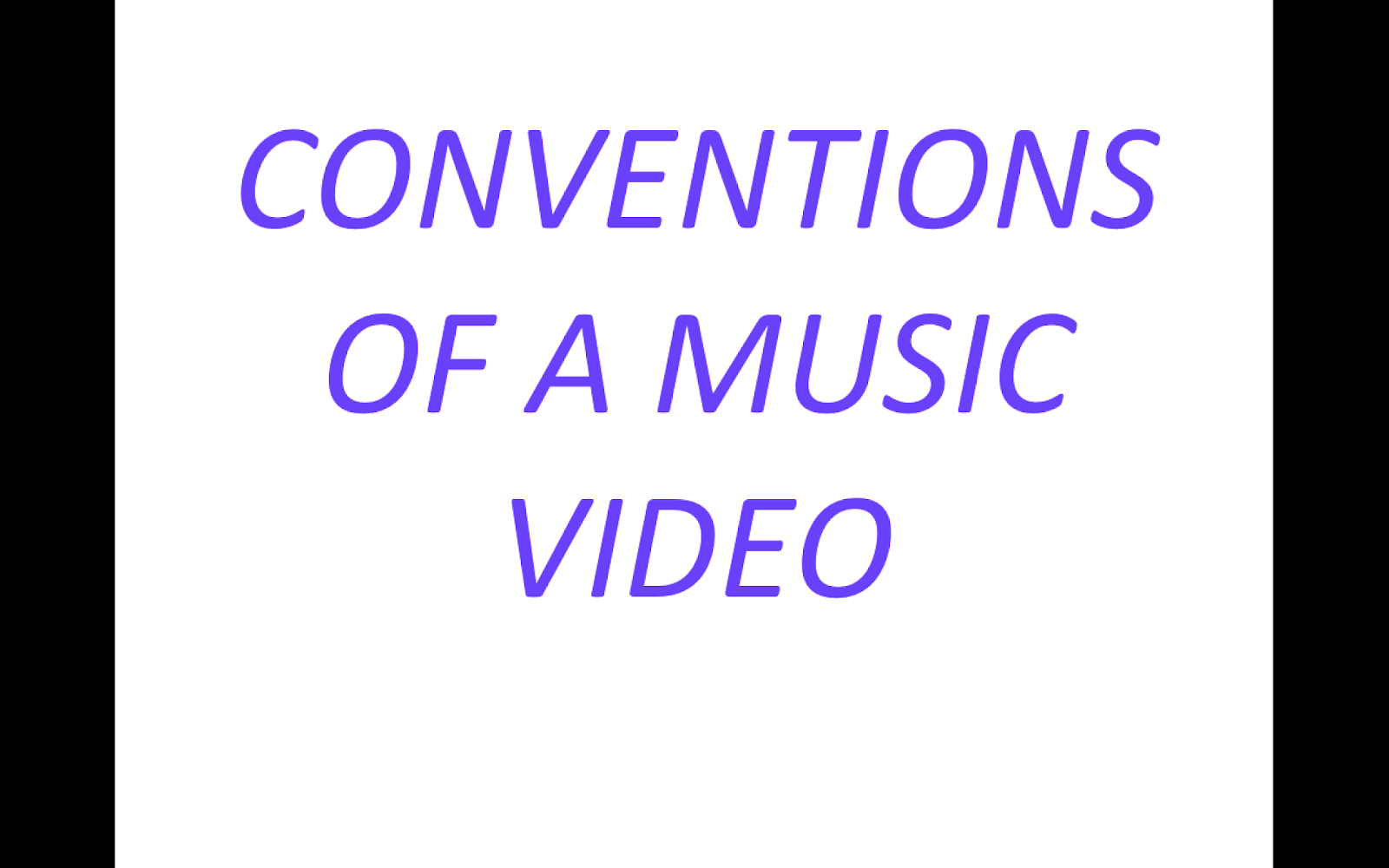Tuesday, 28 January 2014
Sunday, 26 January 2014
Saturday, 18 January 2014
Thursday, 16 January 2014
Codes & Conventions
"The familiar and predictable forms and techniques used by the media to communicate certain ideas or to convey a desired impression."
Codes:
We understand visual images and technical codes because we develop the skill to read and interpret them, the same way we learn the codes of language; by learning this rules, we change the way the components go together so that we make up recognisable units of meaning.
McMahon & Quinn identified three types of code that help us understand and classify codes as a means of structuring the analysis of visual images:
1) Technical Codes - such as camera angles (high angle, low angle), sound (diegetic, non-diegetic), lighting, framing, juxtaposition, composition, depth of field including rule of thirds.
2) Symbolic Codes - such as clothing, colour, body language, actions or setting.
3) Written Codes - such as headlines, captions, style, font choice or graphic design.
To understand codes, we have to understand sign systems and their rules, hence the reading of signs is an important analysis. This method of studying signs is called semiotics, this is applied to the reading of visual image where signs offer denotations and connotations to the audience. When a social agreement is reached regarding the signs, there is a shared understanding by the audience of the agreed codes which govern the reading of the signs.
Conventions:
Codes are like a language, which when shared, operate by means of conventions. Conventions are often hidden or unspoken rules that we learn to accept and recognise, like 'norms' and can eventually become the natural way of doing or understanding something. Conventions can be used, supported and reiterated, but some groups, for a variety of reasons, like to challenge the established ways and like to subvert the conventions.
Codes and conventions can be applied to different media concepts, such as a narrative, genre or realist codes - which will depend upon a history or tradition in which the convention has developed.
The majority of media products are created in established and repeated ways, like TV programs and films have lengthy introductory and closing credit sequences, sitcoms and soaps are roughly half-hour shows. Film and TV genre products are governed by certain, predictable narrative features (dress codes, lighting effects, special effects).
Codes:
We understand visual images and technical codes because we develop the skill to read and interpret them, the same way we learn the codes of language; by learning this rules, we change the way the components go together so that we make up recognisable units of meaning.
McMahon & Quinn identified three types of code that help us understand and classify codes as a means of structuring the analysis of visual images:
1) Technical Codes - such as camera angles (high angle, low angle), sound (diegetic, non-diegetic), lighting, framing, juxtaposition, composition, depth of field including rule of thirds.
2) Symbolic Codes - such as clothing, colour, body language, actions or setting.
3) Written Codes - such as headlines, captions, style, font choice or graphic design.
To understand codes, we have to understand sign systems and their rules, hence the reading of signs is an important analysis. This method of studying signs is called semiotics, this is applied to the reading of visual image where signs offer denotations and connotations to the audience. When a social agreement is reached regarding the signs, there is a shared understanding by the audience of the agreed codes which govern the reading of the signs.
Conventions:
Codes are like a language, which when shared, operate by means of conventions. Conventions are often hidden or unspoken rules that we learn to accept and recognise, like 'norms' and can eventually become the natural way of doing or understanding something. Conventions can be used, supported and reiterated, but some groups, for a variety of reasons, like to challenge the established ways and like to subvert the conventions.
Codes and conventions can be applied to different media concepts, such as a narrative, genre or realist codes - which will depend upon a history or tradition in which the convention has developed.
The majority of media products are created in established and repeated ways, like TV programs and films have lengthy introductory and closing credit sequences, sitcoms and soaps are roughly half-hour shows. Film and TV genre products are governed by certain, predictable narrative features (dress codes, lighting effects, special effects).
Subscribe to:
Comments (Atom)











